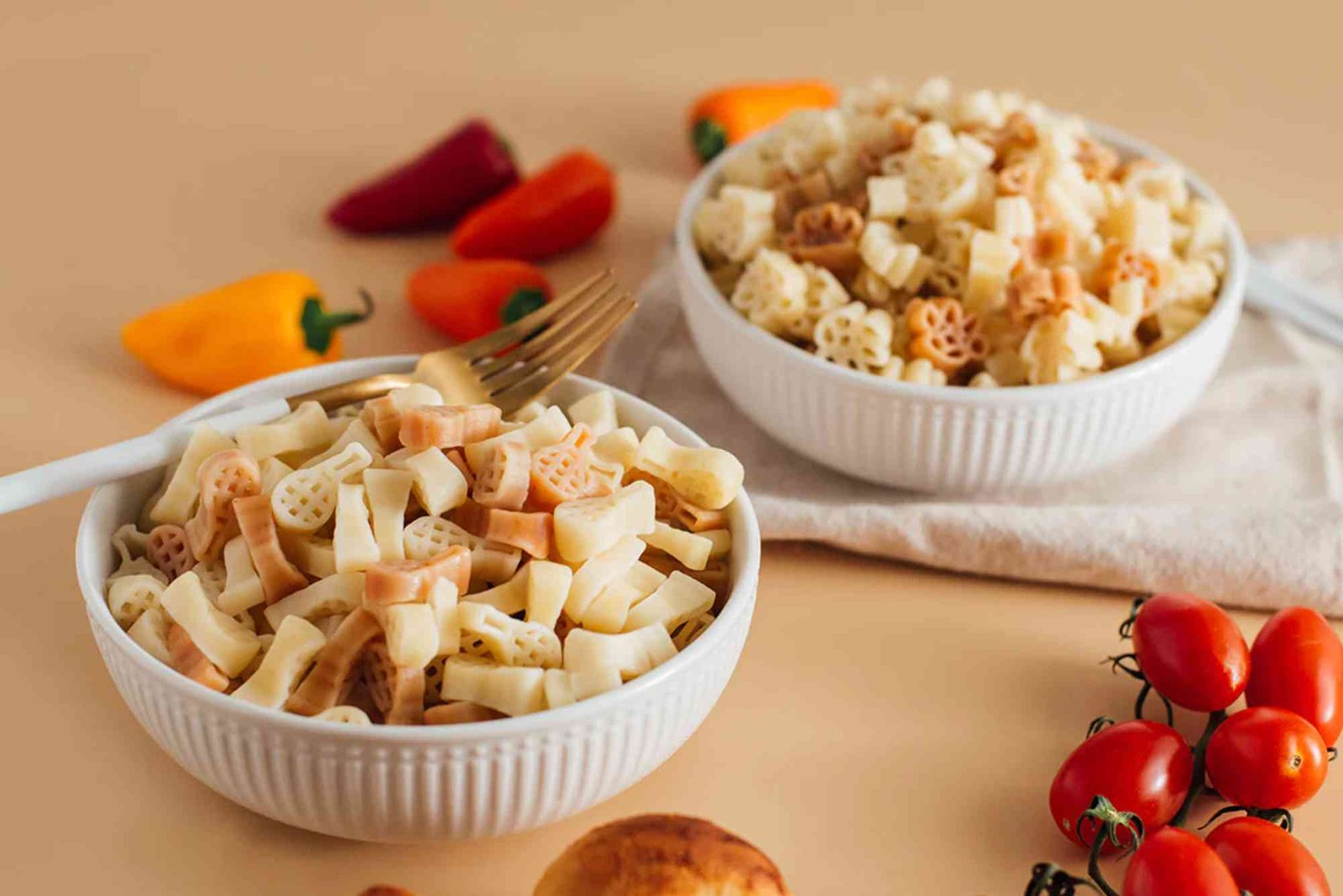Cooking pasta seems simple—boil, drain, and serve. Yet, when recipes call for “56g of pasta,” confusion sets in. How much is that in cups? If you’ve ever found yourself standing in the kitchen with a measuring cup in one hand and dry pasta in the other, you’re not alone. Understanding pasta measurements can make your meals healthier, tastier, and perfectly portioned—especially if you’re balancing nutrition goals like those at Orange Theory Mountain View.
This article explains exactly how many cups equal 56g of pasta, offers real-life cooking tips, and connects portion control to your fitness and nutrition journey.
Understanding 56g of Pasta
When a recipe says 56 grams of pasta, it refers to the dry weight before cooking. Once cooked, pasta absorbs water and expands, making it appear much larger. Measuring by cups can be tricky because pasta shape affects how much fits into a cup. For example, a cup of spaghetti isn’t the same as a cup of penne.
So, how do you get it right?
Dry Pasta vs. Cooked Pasta
In general, 56g (or about 2 ounces) of dry pasta equals around 1 cup of cooked pasta. This is a standard serving size for one person. When cooked, that same 56g doubles in volume, depending on the pasta type and cooking time.
If you’re following a nutrition or fitness plan like those encouraged by Orange Theory, this serving size aligns well with a balanced meal—pairing moderate carbohydrates with lean protein and vegetables.
Practical Cooking Insights
Cooking pasta is more than a culinary task—it’s a science of timing and measurement. Getting familiar with how much 56g looks like can make meal prep faster and more intuitive.
Measuring Without a Scale
If you don’t have a kitchen scale, you can still estimate 56g of pasta accurately. For long pasta like spaghetti or linguine, imagine a small bundle about the diameter of a U.S. quarter. For short pasta such as penne, rigatoni, or macaroni, 56g is typically a little less than ¾ of a cup when dry.
These visual cues help you stay consistent, especially when meal prepping multiple portions.
Portion Control and Fitness Goals
At Orange Theory Mountain View, trainers often remind members that fitness doesn’t end at the gym—it extends to what’s on your plate. Knowing how many cups equal 56g of pasta helps control calorie intake while still enjoying your favorite comfort food.
Balanced portions prevent overeating and help maintain steady energy levels, which is key for performance during high-intensity workouts. A standard serving of pasta—56g dry—contains about 200 calories and provides a solid source of complex carbohydrates.
Cooking Perfect Pasta Every Time
While measuring accuracy is important, so is cooking pasta properly. Perfectly cooked pasta, or al dente, retains texture and nutrients better than overcooked noodles.
Start with a large pot of boiling salted water—about 4 cups per serving. Stir occasionally to prevent sticking. Taste the pasta a minute before the recommended cooking time to check for doneness. Once cooked, drain but don’t rinse unless the recipe requires it. The starch left on the pasta helps sauces cling better, creating a more flavorful dish.
If you’re tracking your macros or calories, always measure pasta dry before cooking to maintain accuracy.
How Pasta Fits Into a Balanced Diet
Pasta often gets an unfair reputation for being “unhealthy,” but it’s all about moderation and balance. When portioned correctly—like 56g per serving—it provides slow-digesting carbs that fuel workouts and support recovery.
At Orange Theory, members combine intense interval training with mindful eating. Pasta can easily fit into that lifestyle when paired with protein-rich toppings like chicken, turkey, or tofu, and plenty of vegetables.
Think of pasta as a base for nutrient-rich meals rather than a guilty pleasure. A tomato-based sauce with lean meat and greens creates a delicious, wholesome dish that supports your fitness goals.
Comparing Pasta Types
Different types of pasta have slightly different densities, which can affect cup measurements. While we’re avoiding listing, it’s worth noting that short, tubular shapes like penne or macaroni take up less space in a cup compared to longer noodles. So, the same 56g might fill less than a cup when dry, but still yield about a cup when cooked.
Gluten-free and whole wheat pastas also vary slightly in weight-to-volume ratio due to differences in texture and moisture absorption. The takeaway: weigh dry pasta if precision matters for your nutrition tracking.
Why Orange Theory Members Care About Pasta Portions
At Orange Theory Mountain View, the focus is on balance—between cardio, strength, and recovery. Nutrition plays a major role in maximizing workout results, and portion control is central to that.
Knowing that 56g of pasta equals roughly one cup cooked gives members the power to enjoy carbs without overindulging. Instead of eliminating pasta, smart eaters learn to incorporate it as part of their post-workout recovery meal. The carbohydrates replenish glycogen stores, while pairing it with protein aids muscle repair.
This mindful approach helps sustain long-term results and prevents the “all-or-nothing” dieting mindset.
Common Mistakes When Measuring Pasta
One of the biggest mistakes home cooks make is measuring pasta after it’s cooked. Because pasta expands, measuring it post-cooking can lead to oversized portions and unintended calorie overload. Always measure dry pasta before boiling to ensure serving accuracy.
Another common error is ignoring pasta shape differences. A cup of shells doesn’t equal a cup of spaghetti in grams. When in doubt, use weight rather than volume for consistency.
How To Integrate This Knowledge Into Daily Cooking
Whether you’re meal prepping for the week or cooking dinner after an Orange Theory session, knowing that 56g equals about one cup of cooked pasta allows you to portion efficiently.
Try preparing measured servings ahead of time and storing them in containers. When you’re ready to eat, simply reheat and add sauce or toppings. This keeps your portions controlled without sacrificing flavor or satisfaction.
If you’re new to portion control, using tools like measuring cups or a kitchen scale for a few weeks can help you develop a natural sense of how much you need. Soon, you’ll be able to eyeball 56g of pasta with confidence.
Related Reading and Resources
For more food insights and practical cooking guides, explore this Related Food article or visit our How Many Cups Is 56g Of Pasta section for more helpful resources.
If you want to discover more about healthy living and nutrition standards, you can also Learn more.
Frequently Asked Questions
Q: How many cups is 56g of cooked pasta?
A: 56g of dry pasta equals roughly 1 cup of cooked pasta, depending on the pasta shape and cooking time.
Q: Is 56g of pasta enough for one person?
A: Yes. It’s the standard single serving size for one person, especially if you pair it with protein and vegetables.
Q: How many calories are in 56g of pasta?
A: Approximately 200 calories, though it may vary slightly by pasta type and brand.
Q: Should I measure pasta before or after cooking?
A: Always measure pasta before cooking to ensure accurate portion control.
Q: Can pasta fit into a weight-loss or fitness diet?
A: Absolutely. When eaten in moderation and balanced with other nutrients, pasta supports energy and recovery, making it ideal for active individuals.
Eat Smart, Train Strong
Knowing how many cups equal 56g of pasta might seem like a small detail, but it’s one that can transform how you cook and eat. By understanding pasta measurements, you stay in control of your nutrition, support your Orange Theory fitness goals, and enjoy every bite guilt-free.












